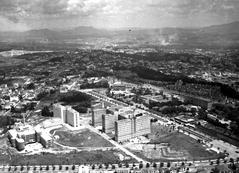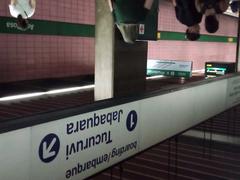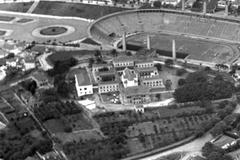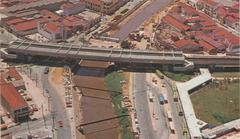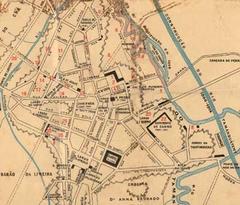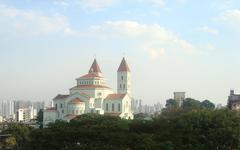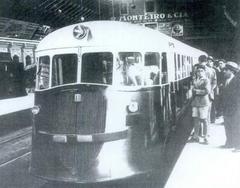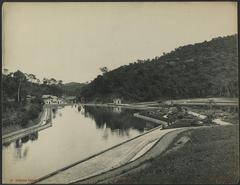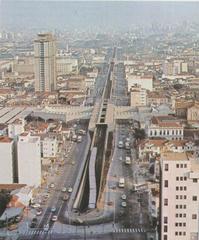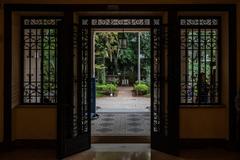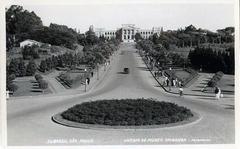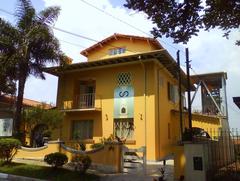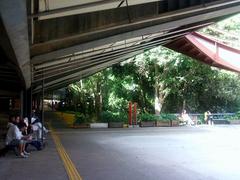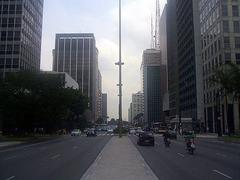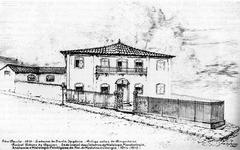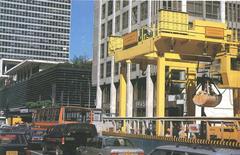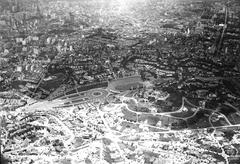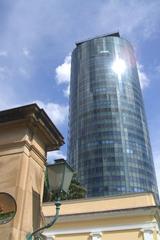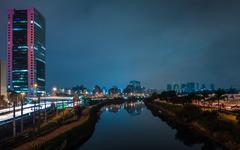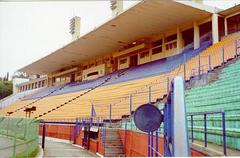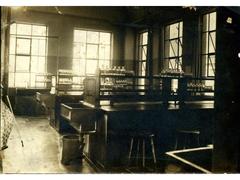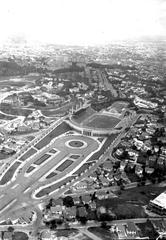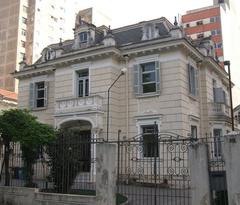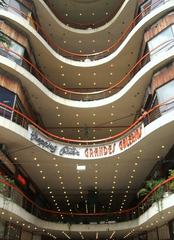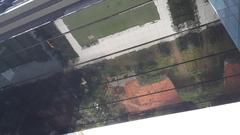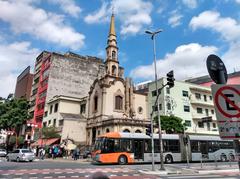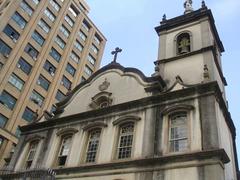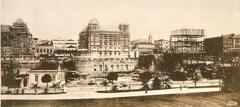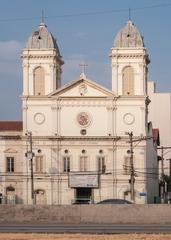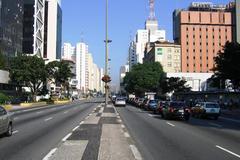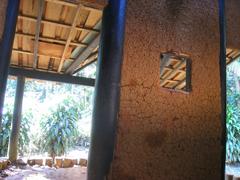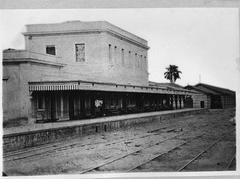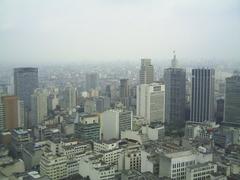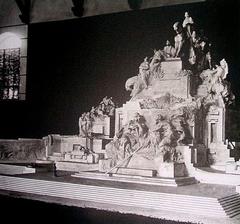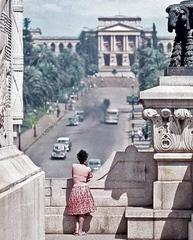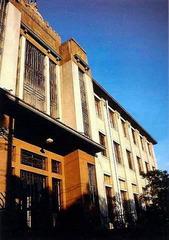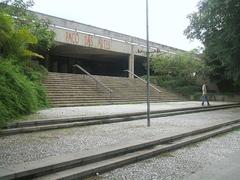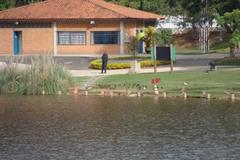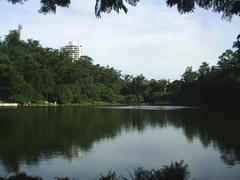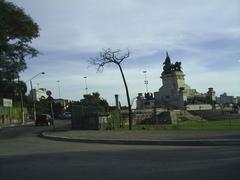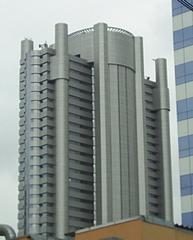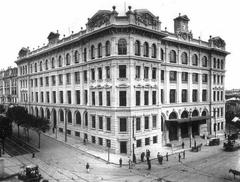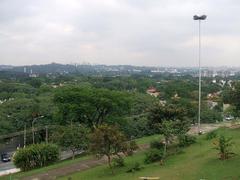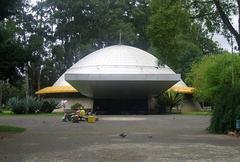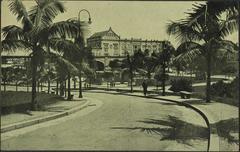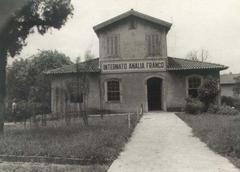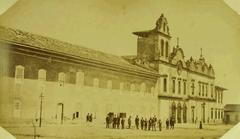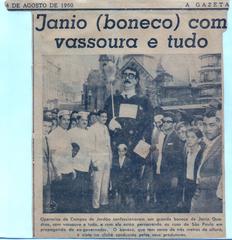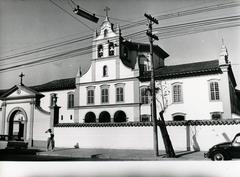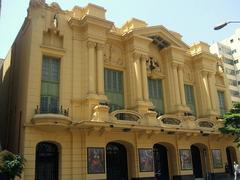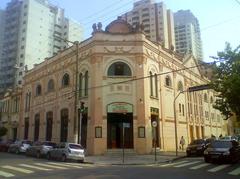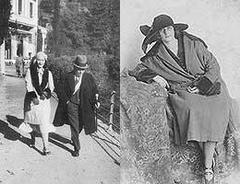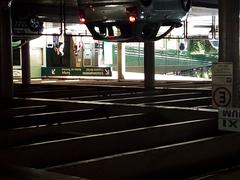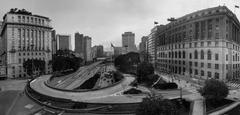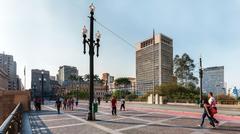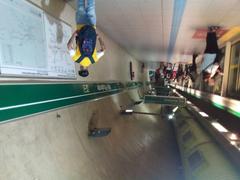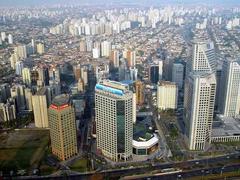Castelinho da Rua Apa: Visiting Hours, Tickets, and Historical Insight
Date: 19/07/2024
Introduction
Nestled in the heart of São Paulo’s Santa Cecília neighborhood, Castelinho da Rua Apa stands as a beacon of the city’s rich architectural and cultural history. Known for its distinctive Gothic and Romanesque design, this early 20th-century mansion was commissioned by wealthy Italian immigrant Giuseppe Agostini. However, its allure extends beyond its architectural beauty; the castle is also shrouded in mystery due to a tragic incident in 1937 that claimed the lives of the Agostini family under suspicious circumstances. This guide aims to provide a comprehensive overview of Castelinho da Rua Apa, delving into its historical significance, architectural features, and practical visitor information such as visiting hours, ticket prices, and nearby attractions. Whether you are a history aficionado, an architecture enthusiast, or simply a curious traveler, this landmark offers a unique glimpse into São Paulo’s multifaceted past. (source) (source)
Table of Contents
- Introduction
- Origins and Construction
- The Agostini Family Tragedy
- Post-Tragedy Years
- Preservation Efforts
- Recent Developments
- Architectural Significance
- Visiting Information
- Cultural Impact
- FAQ
- Conclusion
Castelinho da Rua Apa: History, Visiting Hours, and Tickets for São Paulo’s Mysterious Landmark
Origins and Construction
Castelinho da Rua Apa, also known as the “Little Castle of Apa Street,” is a historical building that began its construction in 1912 and was completed in 1917. Commissioned by wealthy Italian immigrant Giuseppe Agostini, the structure was intended to be a luxurious residence for his family. The architectural style of the Castelinho is eclectic, featuring a mix of Gothic and Romanesque elements popular among São Paulo’s elite in the early 20th century.
The Agostini Family Tragedy
One of the most infamous events in the castle’s history occurred on May 12, 1937. On this day, the Agostini family—Giuseppe, his wife Maria Cândida, and their two sons, Armando and Álvaro—were found dead under mysterious circumstances, each with gunshot wounds. The incident became one of São Paulo’s most sensational crime stories, and despite numerous investigations, the exact details remain unclear, fueling various theories and speculations. (source)
Post-Tragedy Years
Following the tragedy, Castelinho da Rua Apa fell into disrepair, suffering from vandalism and natural decay. The once-grand residence became a ghostly reminder of the past, attracting urban explorers and ghost hunters intrigued by its eerie history.
Preservation Efforts
In the late 20th century, preservation efforts began to take shape. Recognized for its historical and architectural significance, the building was declared a protected heritage site by the São Paulo City Council in 1982. Despite challenges such as funding shortages and bureaucratic hurdles, restoration efforts have continued to this day.
Recent Developments
Recently, there has been renewed interest in preserving Castelinho da Rua Apa. Various cultural and historical organizations have emphasized its importance as a cultural landmark. In 2016, São Paulo City Hall announced plans to restore the Castelinho and convert it into a cultural center, aiming to preserve its historical features while making it accessible for educational and cultural activities. (source)
Architectural Significance
The architectural design of Castelinho da Rua Apa showcases the eclectic tastes of São Paulo’s elite in the early 20th century. Featuring pointed arches, intricate stonework, and decorative turrets, the building is a blend of Gothic and Romanesque elements. Despite deterioration, the interior still retains features such as ornate woodwork and stained glass windows, offering valuable insights into the design preferences and craftsmanship of the period.
Visiting Information
- Visiting Hours: Currently, the restoration project is ongoing, so visitors can only view the exterior. However, local historical societies offer guided tours that provide an in-depth look at the building’s architectural features and its history.
- Tickets: Information regarding ticket prices and booking can be obtained from local tour operators or the city’s official tourism website.
- Nearby Attractions: The Santa Cecília neighborhood offers various other historical sites, museums, and cultural landmarks worth exploring during your visit.
- Travel Tips: Public transportation is readily available, and the site is accessible to visitors with disabilities.
- Special Events: Keep an eye out for special events and guided tours that offer exclusive access to parts of the castle.
- Photography: The exterior of Castelinho da Rua Apa provides excellent photographic opportunities, especially for those interested in historical architecture.
Cultural Impact
Castelinho da Rua Apa has left an indelible mark on São Paulo’s cultural landscape. Its tragic history and architectural beauty have inspired numerous works of literature, art, and media. Featured in various books, documentaries, and television programs, the castle continues to captivate the imagination of locals and tourists alike.
FAQ
- What are the visiting hours for Castelinho da Rua Apa? Visiting hours are currently limited to exterior views, with guided tours providing historical insights.
- How much are tickets for Castelinho da Rua Apa? Ticket prices vary and can be obtained from local tour operators or the city’s official tourism website.
Conclusion
The history of Castelinho da Rua Apa is a fascinating blend of architectural splendor and tragic mystery. From its construction in the early 20th century to its current status as a protected heritage site, the castle has witnessed significant events that have left an indelible mark on São Paulo’s history. As restoration efforts continue, Castelinho da Rua Apa stands as a poignant reminder of the city’s past and a symbol of its enduring cultural legacy. For more information and updates, consider following local historical societies and tourism channels. (source) (source)
References
- São Paulo Antiga. (n.d.). Castelinho da Rua Apa. https://www.saopauloantiga.com.br/castelinho-da-rua-apa/
- Prefeitura de São Paulo. (2016). Notícias. https://www.prefeitura.sp.gov.br/cidade/secretarias/cultura/noticias/?p=23456

